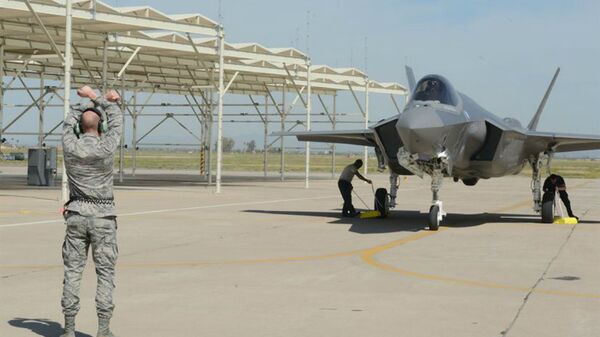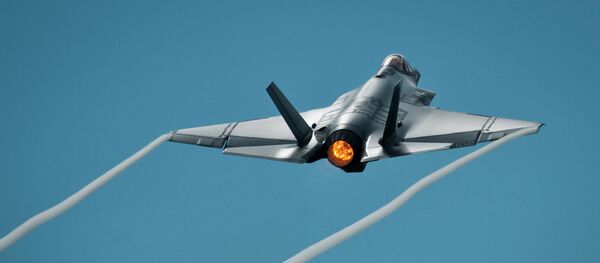In April, the US Defense Department halted acceptance of the fifth-generation aircraft over a financial dispute. Specifically, Lockheed and the DoD disagreed about who should cover the costs of a production line failure that led to aircraft coming off the assembly line with corrosion issues on their exterior panels. The issue was resolved by May, when the Pentagon reauthorized continued deliveries of the aircraft.
The company has taken more than seven years to produce 300 aircraft.
The company's present production speed is seven to nine F-35s per month, but it expects to increase that to 12 to 15 per month in the next few years, US Navy Vice Admiral Mat Winter told USNI News in April.
Winter has previously voiced concerns that Lockheed is not negotiating in good faith with the military, effectively keeping costs from decreasing as much as Lockheed has maintained for years would happen. "The price is coming down but it's not coming down fast enough… I will tell you I am not satisfied with the collaboration by Lockheed Martin. They could be much, much more collaborative," Winter, the top official at the Pentagon in charge of the F-35 Joint Strike Fighter program, said in March.
"We could seal this deal faster. We could. They chose not to, and that's a negotiating tactic," the official noted, adding that "we don't know to the level of granularity that I want to know — what it actually costs to produce the aircraft."



